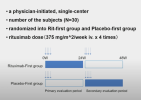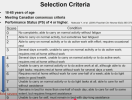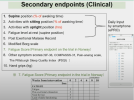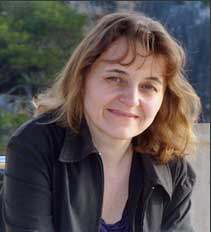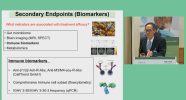BTW I emailed the Japanese PIs a while ago to express my concerns about their trial, but of course never heard back.
Also now Nancy Klimas wants to do a rituximab trial on the “auto immune subset”
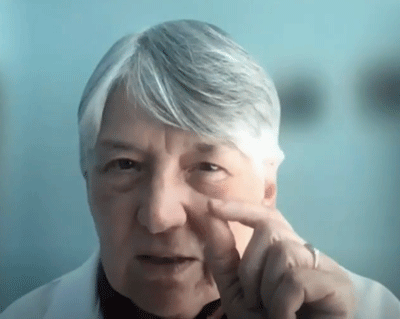
Also now Nancy Klimas wants to do a rituximab trial on the “auto immune subset”

"What's Up, Doc?" Nancy Klimas on Viruses, ME/CFS's Greatest Need, and Her ME/CFS Clinical Trial - Health Rising
Dr. Nancy Klimas says what's exciting her most right now in the ME/CFS field is a renewed focus on herpesvirus reactivation and what artificial intelligence will bring.
www.healthrising.org

